How Much Hair Loss Is Normal? When Should You Worry?
Discover the signs and solutions to keep your scalp healthy and confidence strong daily.

Image: Shutterstock
Are you worried about the extent of hair loss in a day? Well, you need not get agitated every time you see the hair strands falling off while taking a shower or combing. You may just be shedding your hair and not losing it. Wondering how they are different? Your hair generally grows back in case of shedding while hair loss leads to balding. The American Academy of Dermatology Association (AAD) suggests it is normal to shed 50-100 strands every day (1). However, you need to be extra careful if the number crosses 100. In this article, we will find out what the normal hair fall for men and women is, the causes of hair loss, and the way forward if you are shedding too much hair. Keep reading!
In This Article
How Much Hair Fall Per Day Is Normal?
Shedding 50-100 hair strands per day is normal, according to the American Academy of Dermatology Association (AAD) (1). There are about 80,000 – 120,000 hairs on the human head, and healthy hair growth occurs at a rate of 0.35 mm/day. At this rate, your hair length grows at 0.5 inches/month and 6 inches/year (2). It is important to note that your hair goes through the cycle of growth, resting, and shedding. Hair that gets shed is replaced by new hair.
At any given time, about 85% – 90% of hair follicles are in the growth phase (2). The remaining hairs are in the resting or shedding phase. Hence, losing hair could also mean you are shedding the old, dead hair and allowing space for new and healthy hair to grow.
Let us look at the difference between hair shedding and hair loss to understand the phenomenon better.
Difference Between Hair Shedding And Hair Loss
While hair shedding means your hair does grow back, hair loss can lead to balding.
Hair shedding is a normal part of the hair growth cycle. However, you may also shed excessive hair due to external stimuli. This condition is medically termed as telogen effluvium. It can affect men or women regardless of race and age, though it affects more women than men (3). The good news is that the hair grows back when the external stimuli or stressors are reduced (1).
At times, the bodys immune system starts attacking the hair follicles. This causes hair loss and balding. If you see patches of hairless areas on your scalp, you could be having a medical condition known as alopecia areata. This condition is hereditary and may develop in childhood or adolescence (4).
The following section lists the estimated average normal hair fall in women and men during various stages/situations in their lives.
Estimates Of Normal Hair Fall For Women And Men
- Normal hair fall for women: 50 – 100 per day
- Normal hair fall for men: 50 – 100 per day
- Normal hair fall while combing: 50 – 100 per day
- Normal hair fall while washing hair: 50 – 100 per day
- Normal hair fall while oiling hair: 50 – 100 per day
- Normal hair fall post pregnancy: 300 – 400 per day
- Normal hair fall for during menopause: 200 – 300 per day
- Normal hair fall in monsoon: 50 – 100 per day
- Normal hair fall in summer: 50 – 100 per day
- Normal hair fall in winter: 50 – 100 per day
- Normal hair fall in teenagers: 50 – 100 per day
Are you losing more hair than the above estimates? That could happen due to many reasons. Let us explore them in the next section.
Reasons You Are Losing Hair
You could be losing hair due to the following reasons:
- Stress: Physiological or emotional stress causes the release of cortisol, the stress hormone. Cortisol, in excess amounts, affects the growth cycle regulation of hair follicles (5). Several studies show that stress is directly related to alopecia areata (excessive shedding of hair in patches leaving bald patches on the scalp). Stress can also lead to premature termination of hair follicle growth as it increases inflammation and up-regulates keratinocyte (cells found at the base of the skin layer) apoptosis (cell death) (6).
- Unhealthy Diet: An unhealthy diet causes nutritional deficiency that affects hair health and growth. Deficiencies of biotin, riboflavin, folate, and vitamin B12 are associated with hair loss. Vitamin C and iron deficiency can also affect hair growth and hair strength. Lack of adequate selenium and zinc can also cause hair issues as these nutrients help stimulate hair growth (7). A 2017 study also confirmed that a deficiency in essential amino acids could also lead to female pattern hair loss (8).
- Hereditary History: About 80% of men, by the age of 80, get affected by male pattern hair loss (9). Research shows that androgenic alopecia, or male pattern hair loss, is dependent on family history and age (10). If you have a parent or a grandparent with a history of hair loss, you may also lose hair.
- Thyroid Issues: Thyroid issues can also cause alopecia areata (11). T3 and/or T4 modulate the hair follicle cycle and pigmentation (12). Women, especially in the perimenopause and postmenopause age group, are more prone to thyroid dysfunction (13). This dysfunction causes hormonal imbalances and leads to hair loss.
- Post-Pregnancy Period: Womens bodies experience hormonal changes and undergo excess stress during and after pregnancy. This also can lead to excessive hair shedding due to the disruption of the hair growth cycle (14).
- Menopause: Menopause decreases estrogen production and may directly lead to hair loss and affect hair texture (15).
- Excessive Hair Styling: Excessive heat styling, coloring, treating, and adding products to your hair can lead to product buildup, an imbalanced scalp pH, and dandruff. All of these could lead to hair shedding. Tight hairstyles, like a tight ponytail, can also cause hair shedding in the front part of the head. which is also known as tractional alopecia.
These could be the main reasons you are shedding or losing your hair. But you do not have to stop there. There is almost always something you can do to mitigate the issue.
What Can You Do If Are Losing Too Much Hair
- See A Doctor: Whether you face excessive hair loss or hair fall, it is recommended to see a doctor and find the root cause. Your doctor will take your medical and genetic history, lifestyle, and age into consideration and run a few tests before giving you expert advice.
- Take Supplements: Vitamins, minerals, proteins and amino acids, and healthy fats play a crucial role in hair growth, strength, and texture. Vitamin B12, iron, selenium, vitamin C, and fish oil supplements are great for hair. However, you must consult with a licensed doctor/nutritionist to determine the dosage of such vitamins. Excessive supplementation can also lead to hair loss.
- Take Less Stress: To save your tresses, take less stress! Take a walk, exercise regularly, paint, talk to your friends, travel, learn a new skill, and meditate. Such activities reduce stress and stress-induced inflammation in your body.
- Get A Head Massage: A hot oil head massage is an effective way to improve blood circulation in your scalp and improve the strength of the hair roots. You may use virgin coconut oil, olive oil, or almond oil for this purpose. Heat it for a few seconds, let it cool a bit, and massage the hair roots with the oil. Apply it to the hair shafts to get healthy and shiny hair. Avoid head massages if you have seborrheic dermatitis, and it is the main cause of your hair loss.
- Use A Gentle Shampoo: Avoid using shampoos with harsh chemicals like parabens or phthalates. Use a gentle shampoo (that contains no harmful chemicals) to wash your hair twice a week.
- Go For A Hair Spa: Going for a hair spa once every month also helps restore hair vitality and strength. You can also do a hair spa at home. After massaging your hair with hot oil, use a steamer to steam your hair. You may also dip a towel in warm water, squeeze out the water, and wrap the towel on your head. Wash your hair with a gentle shampoo. Apply a conditioner before rinsing.
Your hair goes through a growth cycle where the hair strand grows, rests, and then falls out. So, losing 50-100 strands a day is a perfectly normal amount of hair loss in a day and no cause for concern. There are some circumstances, like pregnancy and menopause, where women tend to lose 200-300 strands daily. But, if you are losing more hair on a regular basis, you should consult a trichologist. Treating hair loss begins by diagnosing the cause of it, such as stress, hormonal imbalances, hereditary factors, and certain underlying health conditions. Following the right advice from experts and doctors, eating healthy, living a good lifestyle, and following a hair care routine daily can improve your hair health greatly.
Frequently Asked Questions
Should hair fall out when you run your fingers through it?
A few strands of hair, here and there, will come out when you run your fingers through it. But, if you notice a lot of hair fall in one part of your head, then it could be a sign of hair loss.
Will hair loss from stress grow back?
Yes, hair loss from stress is reversible as the hair follicles are not damaged.
Can less sleep cause hair loss?
Yes. When you don’t get enough sleep, it affects your mood and keeps you stressed, which may cause hair loss.
Can a pillow cause hair loss?
Certain pillowcase materials, like nylon and polyester, may cause friction with the hair strands, leading to hair breakage. They may pull on your roots and pull out strands, which may also lead to hair loss and hair follicle damage. Other materials like cotton and wool may draw out moisture from your hair, leaving it dry. This is why it is recommended to use a silk or satin pillow cover.
Can exercising cause hair loss?
While exercising is good for your hair, sudden excessive exercise may lead to hair loss. Forcing your body to suddenly perform vigorous and intense exercises for a long period of time, when your body is not used to that much activity, may cause hair loss.
Key Takeaways
- Hair loss can be triggered by many reasons like stress, diet, thyroid issues, hair styling, and menopause.
- Shedding 50-100 hair strands per day is normal and is a part of the hair growth cycle.
- Taking supplements, using a gentle shampoo, and practicing stress management can help reduce the associated hair loss.
- A balanced diet, an active lifestyle, and following a hair care routine can address hair loss effectively.
References
Articles on StyleCraze are backed by verified information from peer-reviewed and academic research papers, reputed organizations, research institutions, and medical associations to ensure accuracy and relevance. Read our editorial policy to learn more.
- Do you have hair loss or hair shedding?
https://www.aad.org/public/diseases/hair-loss/insider/shedding#:~:text=Its%20normal%20to%20shed%20between,this%20condition%20is%20telogen%20effluvium. - Anatomy, Hair
https://www.ncbi.nlm.nih.gov/books/NBK513312/ - Telogen Effluvium
https://www.ncbi.nlm.nih.gov/books/NBK430848/ - Hair Loss Types : Alopecia Areata Overview.
https://www.aad.org/public/diseases/hair-loss/types/alopecia - Stress and the Hair Growth Cycle: Cortisol-Induced Hair Growth Disruption.
https://pubmed.ncbi.nlm.nih.gov/27538002/ - Stress and the hair follicle: exploring the connections.
https://www.ncbi.nlm.nih.gov/pmc/articles/PMC1868107/ - The Role of Vitamins and Minerals in Hair Loss: A Review.
https://www.ncbi.nlm.nih.gov/pmc/articles/PMC6380979/ - Prevalence of Nutritional Deficiencies in Hair Loss among Indian Participants: Results of a Cross-sectional Study
https://www.researchgate.net/publication/319215132_Prevalence_of_Nutritional_Deficiencies_in_Hair_Loss_among_Indian_Participants_Results_of_a_Cross-sectional_Study - Genetic prediction of male pattern baldness.
https://www.ncbi.nlm.nih.gov/pmc/articles/PMC5308812/ - Family history and risk of hair loss.
https://pubmed.ncbi.nlm.nih.gov/15237265/ - Thyroid disorders associated with alopecia areata in egyptian patients.
https://www.ncbi.nlm.nih.gov/pmc/articles/PMC3884928/ - Thyroid hormones directly alter human hair follicle functions: anagen prolongation and stimulation of both hair matrix keratinocyte proliferation and hair pigmentation.
https://pubmed.ncbi.nlm.nih.gov/18728176/ - A Descriptive Study of Alopecia Patterns and their Relation to Thyroid Dysfunction.
https://www.ncbi.nlm.nih.gov/pmc/articles/PMC3746235/ - Pregnancy and the hair growth cycle: anagen induction against hair growth disruption using Nourkrin® with Marilex® , a proteoglycan replacement therapy.
https://pubmed.ncbi.nlm.nih.gov/27659896/ - Managing hair loss in midlife women.
https://pubmed.ncbi.nlm.nih.gov/23182767/
Read full bio of Dr. Shruti Chavan
Read full bio of Arshiya Syeda




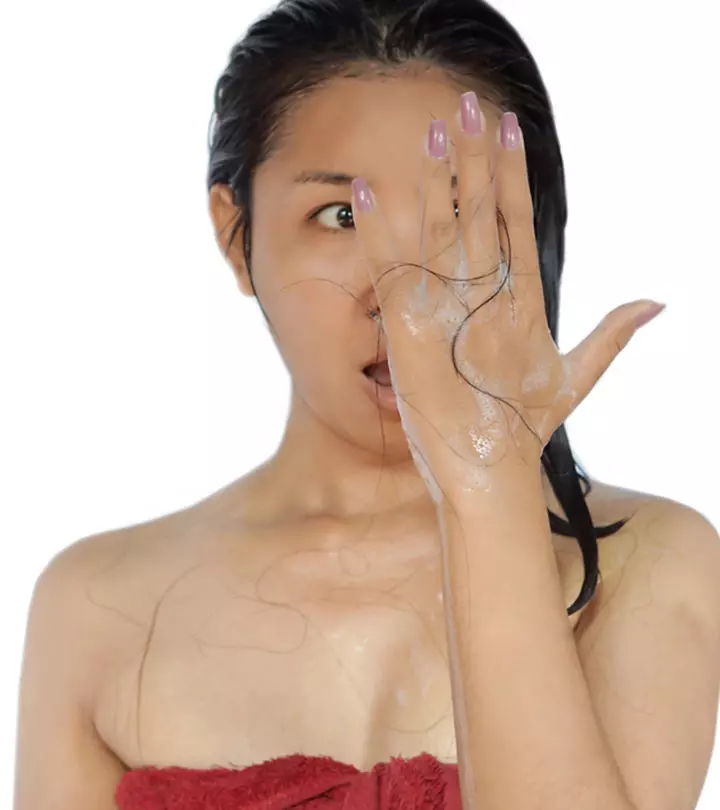


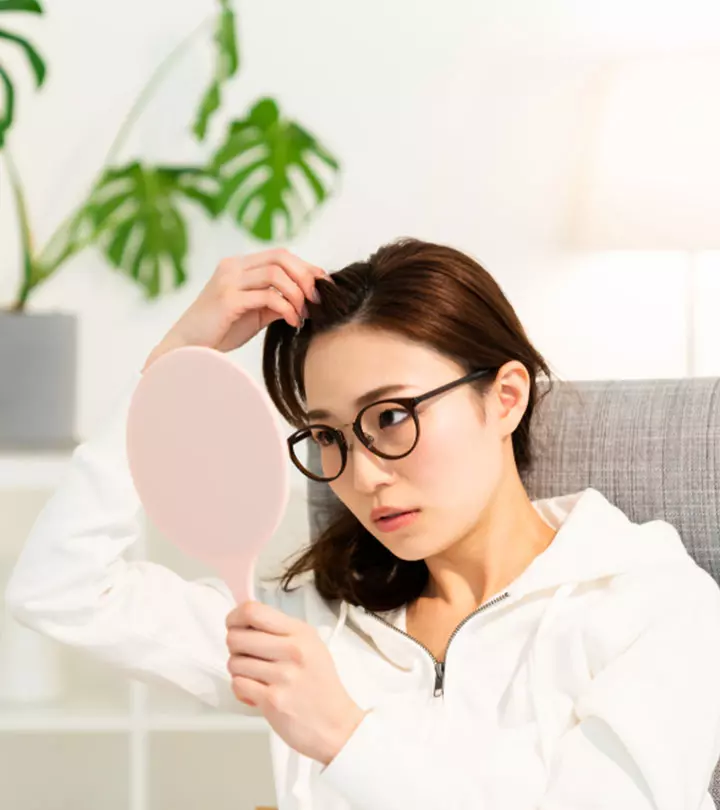




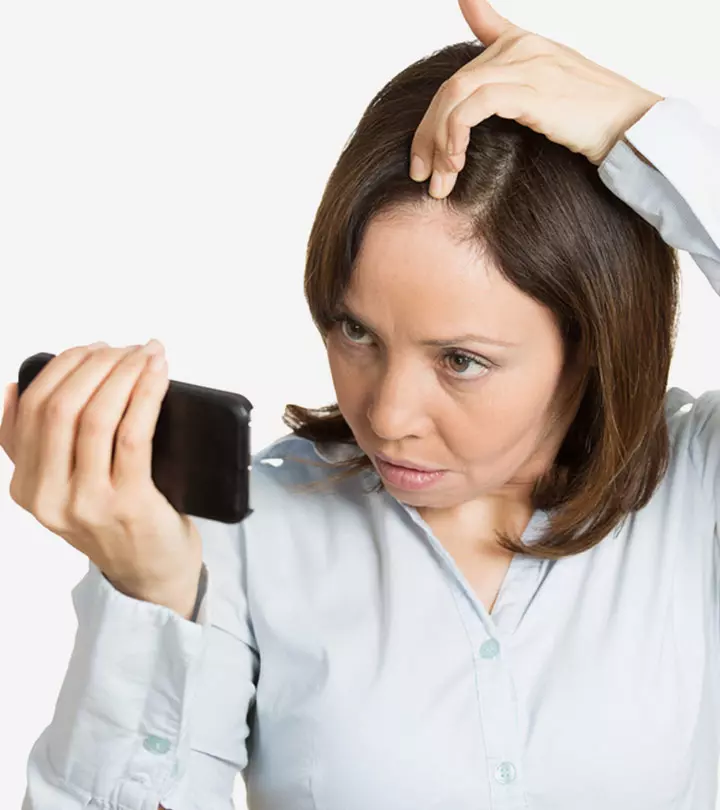



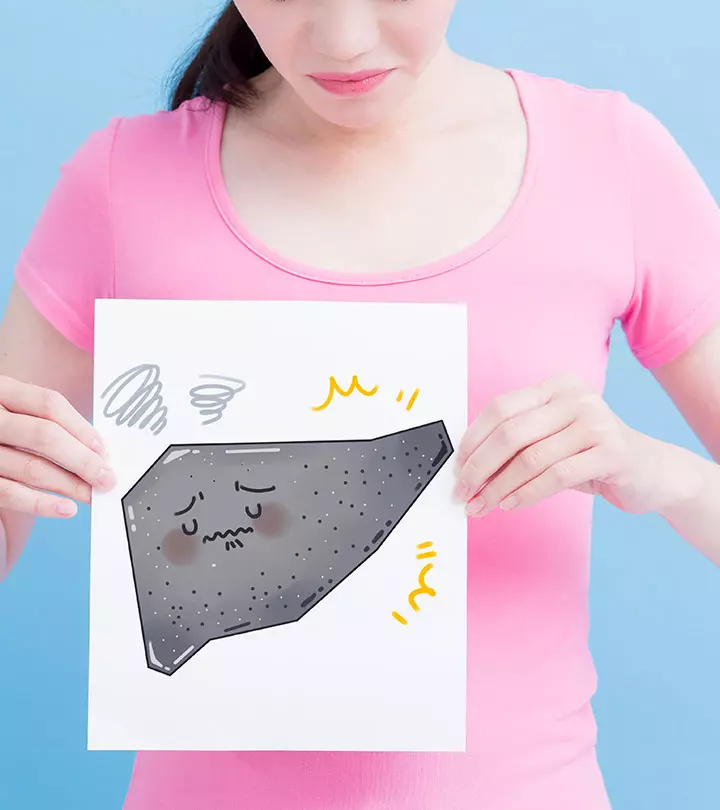

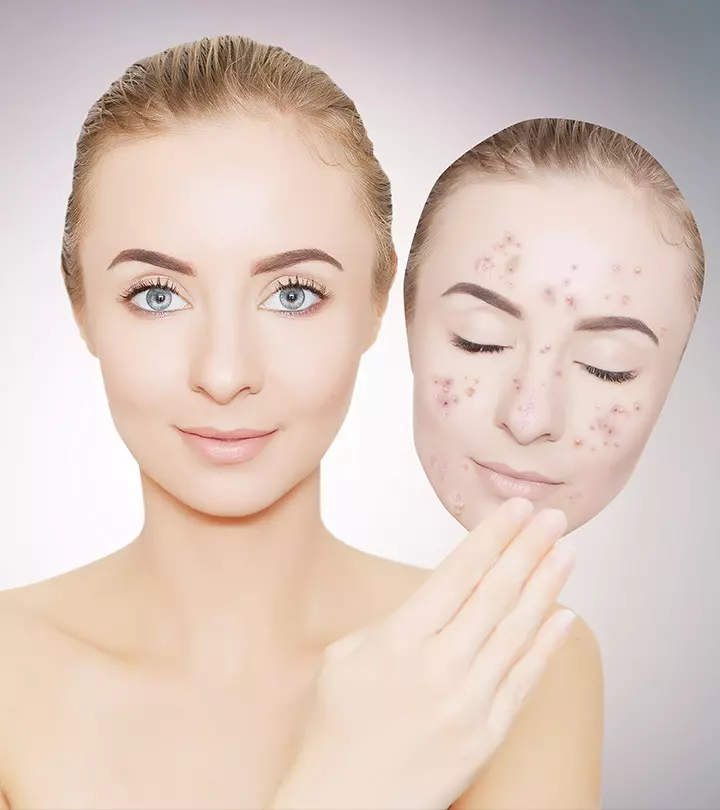


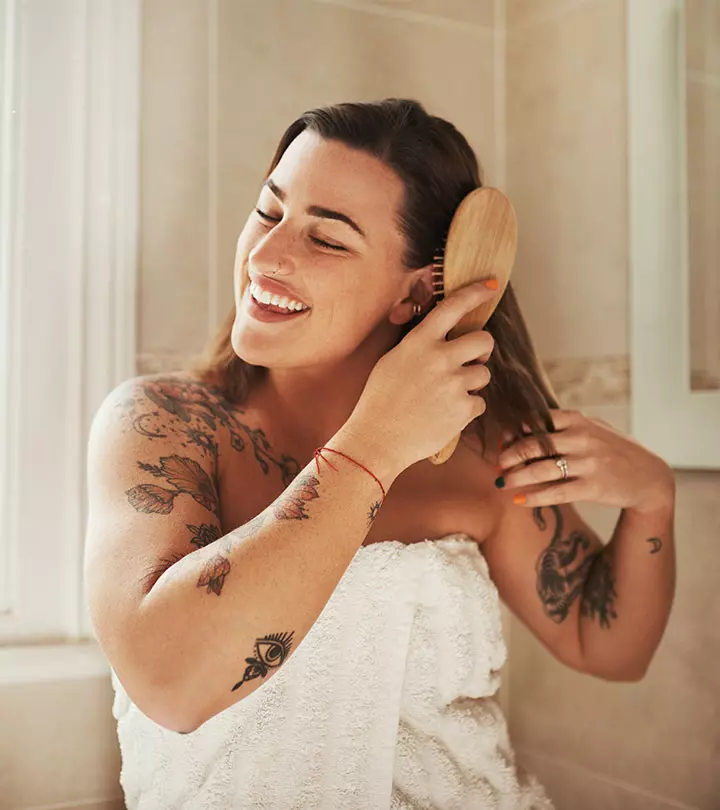



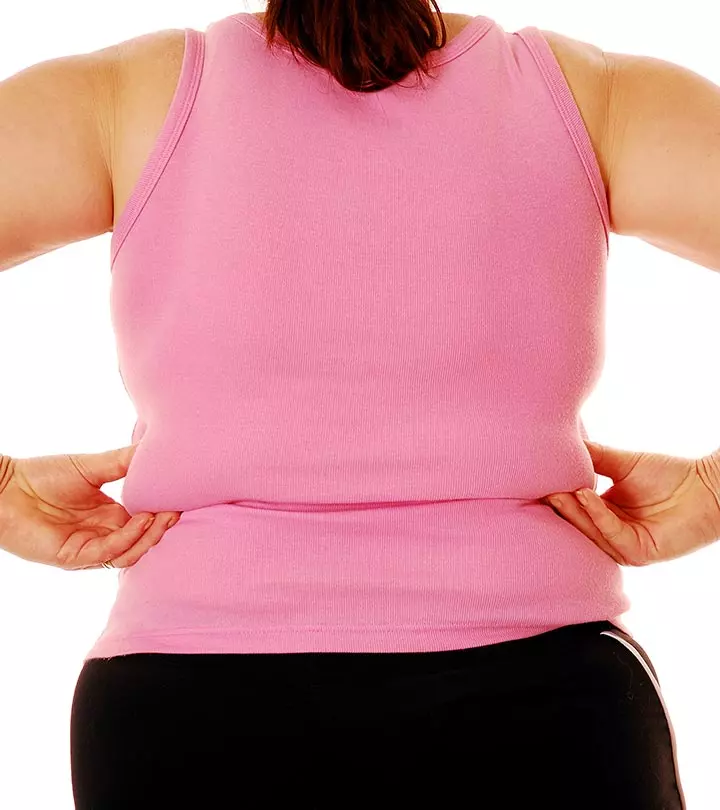

Community Experiences
Join the conversation and become a part of our empowering community! Share your stories, experiences, and insights to connect with other beauty, lifestyle, and health enthusiasts.